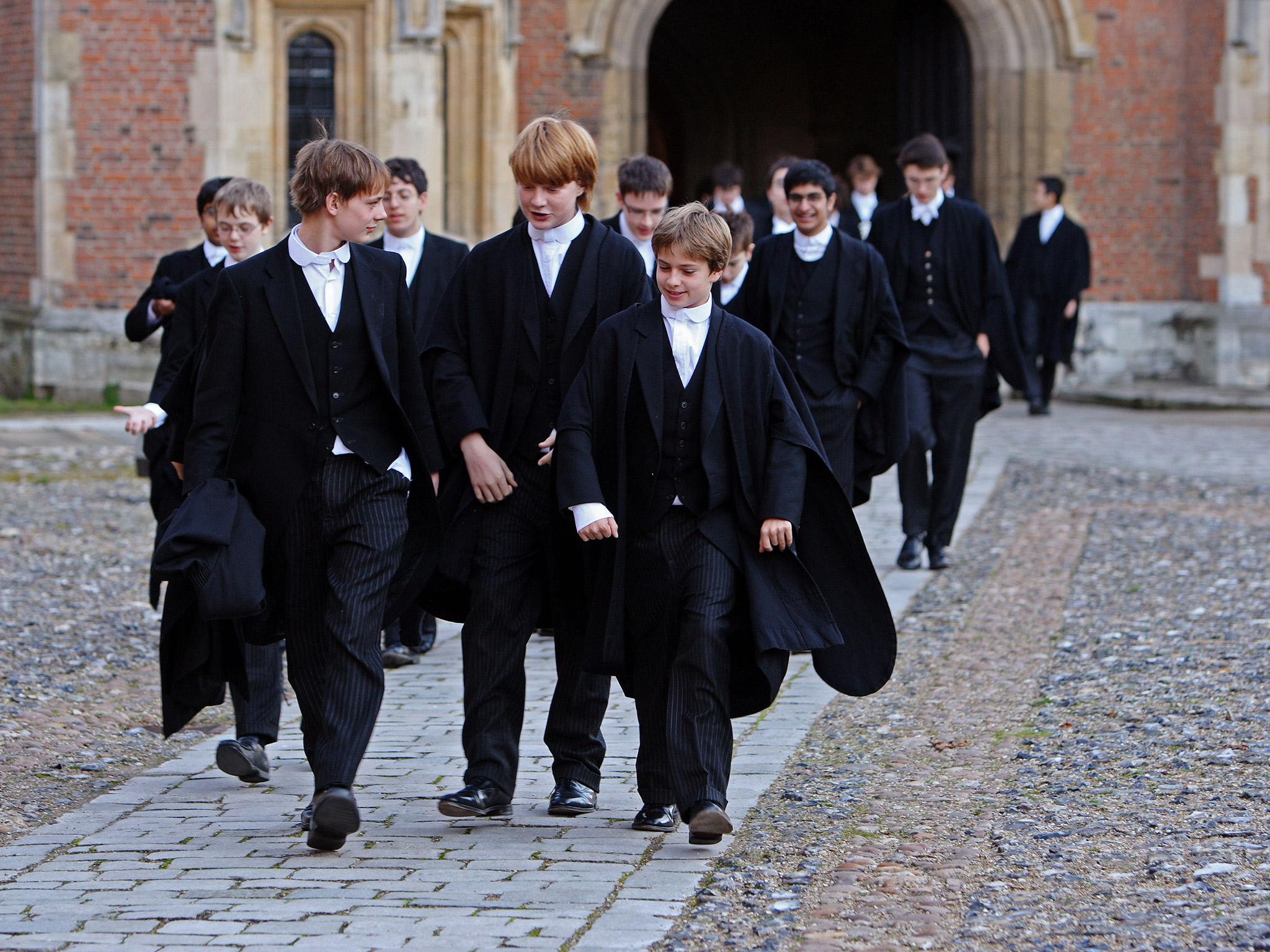Cost of private school soars to almost £300,000 with fees more than trebling since 1990
The average cost per year of a boarding school place today is £30,369

Your support helps us to tell the story
From reproductive rights to climate change to Big Tech, The Independent is on the ground when the story is developing. Whether it's investigating the financials of Elon Musk's pro-Trump PAC or producing our latest documentary, 'The A Word', which shines a light on the American women fighting for reproductive rights, we know how important it is to parse out the facts from the messaging.
At such a critical moment in US history, we need reporters on the ground. Your donation allows us to keep sending journalists to speak to both sides of the story.
The Independent is trusted by Americans across the entire political spectrum. And unlike many other quality news outlets, we choose not to lock Americans out of our reporting and analysis with paywalls. We believe quality journalism should be available to everyone, paid for by those who can afford it.
Your support makes all the difference.The cost of sending a child through private education has rocketed to £286,000, according to new research.
Fees have more than trebled since 1990 and continue to rise above inflation, according to the figures.
The average cost per year of a boarding school place today is £30,369, while a day school place is £13,194 – 342 per cent higher than in 1990 – the Centre for Economics and Business Research said.
Over an education of 14 years from primary school to A-levels, that means today’s parent will fork out £286,000 per child for a day school place and £468,000 for a boarder.
“Even with two parents working, as fees outpace earnings, many professionals are now unable to afford private schooling,” adds the report, carried out for financial planners Killik & Co. “With total annual costs now worth 38 per cent of a doctor’s disposable salary and 59 per cent of an accountant’s, it is clear many professionals who traditionally send their children to private school may struggle.”
London remains the most expensive region with an average day school place costing £15,500 per year. The North of England and Scotland are the cheapest at £10,400 and £10,700 respectively.
However, a survey found a third of parents who privately educate their children believed it was an “investment priority” – stating that smaller class sizes was a major consideration.
Join our commenting forum
Join thought-provoking conversations, follow other Independent readers and see their replies
Comments